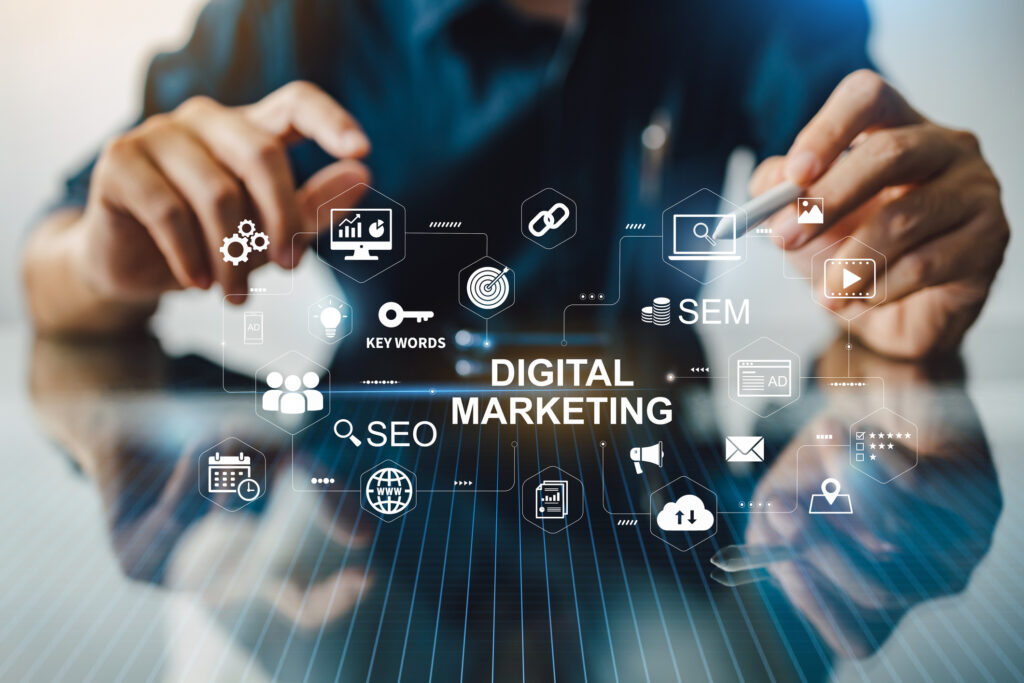
Understanding Virtual Reality Advertising
Virtual reality advertising refers to the use of VR technology to create immersive and interactive ad experiences. This form of advertising allows users to engage with brands in a more meaningful and impactful way, transporting them into a virtual world where they can interact with products and services. Companies like IKEA have embraced VR by allowing customers to virtually explore and interact with their products in a simulated environment.
The Immersive Experience and Brand Engagement
The immersive nature of VR advertising sets it apart from traditional forms of advertising. It enables brands to create a fully immersive environment that captivates the user’s attention and enhances the emotional connection with the brand. For example, Audi has utilized VR to create a virtual test drive experience, allowing users to experience the thrill of driving their cars without leaving their homes. VR advertising has the potential to significantly increase brand engagement by providing users with interactive and memorable experiences.

Enhancing Storytelling and Personalization
VR advertising enhances a brand’s storytelling capabilities by allowing them to create more immersive and emotional narratives. Through VR, brands can transport users to different worlds and enable them to experience stories in a more engaging and impactful way. For example, The New York Times has utilized VR to create immersive news stories, allowing users to experience events from different perspectives. VR advertising offers opportunities for personalization and customization, allowing brands to tailor experiences to individual users.
Overcoming Challenges and Leveraging Analytics
Despite its potential, VR advertising also comes with its challenges. High production costs, limited accessibility, and the need for specialized equipment can pose barriers to adoption. However, as technology advances and VR becomes more accessible, these challenges are likely to diminish. Analytics play a crucial role in measuring the effectiveness of VR advertising. By tracking user interactions and engagement levels within the VR experience, brands can gain valuable insights into the performance of their ads.
The Future of VR Advertising and Integration
As VR technology continues to advance, the possibilities for VR advertising are vast. From interactive product demos to virtual events, the potential applications of VR in marketing are limitless. In the coming years, we can expect to see more brands exploring the potential of VR advertising and creating innovative and engaging experiences for their consumers. The success of VR advertising lies in its integration with other marketing channels.

Storytelling Through Virtual Worlds and Emotional Connections
VR advertising provides a unique opportunity for brands to create engaging stories through virtual worlds. By immersing users in a virtual environment, brands can create story-driven experiences that capture the imagination of their audience. One of the key advantages of VR advertising is its ability to create emotional connections with users. By immersing users in a virtual environment, brands can create experiences that evoke emotions and create lasting impressions.
Virtual Reality vs. Augmented Reality and Industry Examples
While virtual reality and augmented reality (AR) are often used interchangeably, they offer different experiences for users. VR immerses users in a completely virtual environment, while AR overlays digital content onto the real world. Both technologies offer unique opportunities for advertising, and brands should consider which approach aligns best with their marketing goals. Let’s look at some real-life examples of brands effectively using VR in their marketing campaigns.
Implementing VR in Your Marketing Strategy
Implementing VR in your marketing strategy requires careful planning and execution. Start by identifying your goals and determining how VR can help you achieve them. Whether you’re looking to increase brand engagement, enhance storytelling, or create immersive experiences, VR can be a powerful tool in your marketing arsenal. Consider your target audience and the type of experiences that will resonate with them. Remember, the goal is to create engaging and memorable experiences that drive results.
Measuring Success and Optimizing VR Campaigns
Once you’ve implemented your VR campaign, it’s crucial to measure its success and optimize it for better results. Use analytics to track user interactions and engagement levels within the VR experience. Analyze the data to gain insights into what’s working and what can be improved. Use these insights to refine your VR campaign and enhance its effectiveness. Remember, the key to a successful VR campaign is continuous testing and optimization.
Conclusion
In conclusion, virtual reality advertising offers a unique and exciting opportunity for brands to create immersive, interactive, and memorable experiences for their consumers. As technology continues to advance, we can expect to see more brands leveraging VR in their marketing efforts, creating innovative and engaging campaigns that captivate their audience. Remember, VR is not a standalone solution but part of a holistic marketing approach. By integrating VR with other marketing channels and strategies, you can create a cohesive and multi-dimensional marketing campaign that drives results and enhances your brand’s presence in the market.
At GenTech Marketing, we specialize in formulating digital strategies that maximize your return on ad spend and scale your revenue. Our team of experts has the experience and expertise to help you achieve your business goals. If you’re ready to unlock the full potential of your business, we would love to hear from you.
Contact us today to learn more about how we can help you grow.




